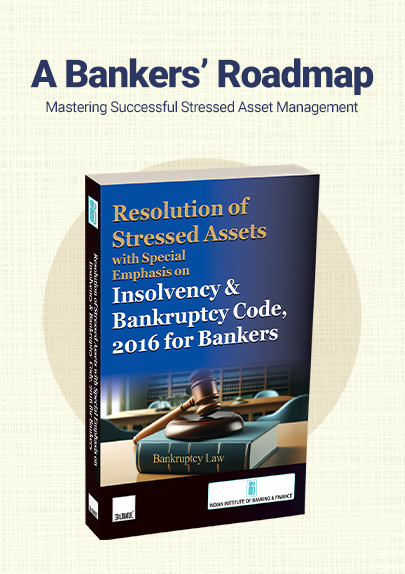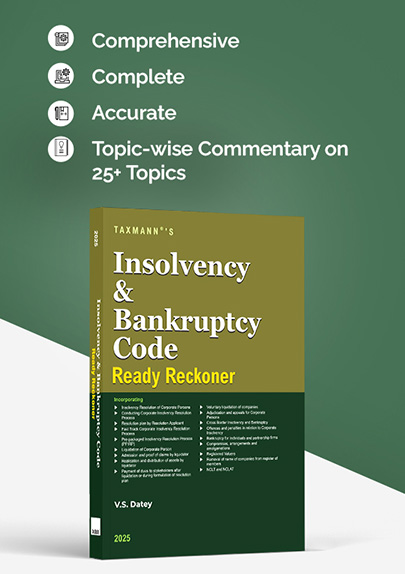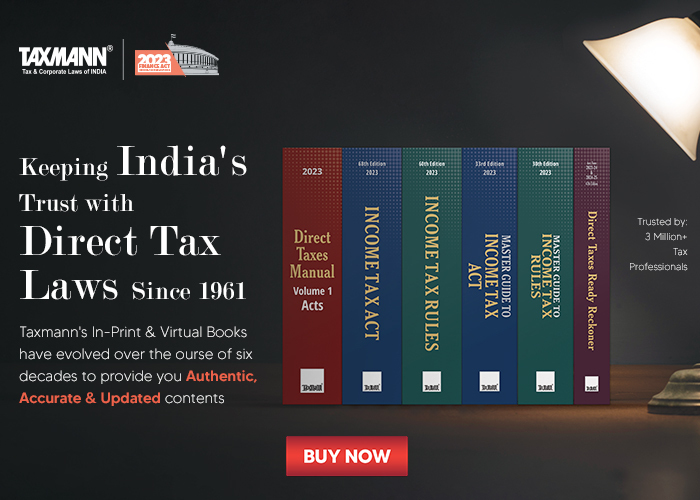[Opinion] Liaison Office – Taxation and Other Aspects
- Blog|News|International Tax|
- 2 Min Read
- By Taxmann
- |
- Last Updated on 24 March, 2025
Abhishek Worah – [2025] 172 taxmann.com 496 (Article)
1. Introduction
Multinational enterprises do business across the worldthrough their extended offices or subsidiaries. One of the basic ways to do business is to set up an office in the other country as extension. These offices can be set up as branch offices or liaison office.
A liaison office (LO) normally works like an information centre and does not carry out any business or commercial activities. Taxation of LO involves various tax issues one of them whether LO can be regarded as a permanent establishment (PE) of foreign company.
The Delhi High Court in the case of Western Union has held that the LO of US based company engaged in activities like distributing brochures, liaising with authorities, and exploring business opportunities could not be regarded as a PE of the company.
This Article discusses various regulatory and taxation aspects of an LO and the findings of the High Court.
2. FEMA Regulations
A foreign company may establish an LO in India with the prior permission of the Reserve Bank of India under FEMA Regulations. The FEMA regulations define LO as under:
‘Liaison Office’ means a place of business to act as a channel of communication between the principal place of business or Head Office or by whatever name called and entities in India but which does not undertake any commercial/trading/ industrial activity, directly or indirectly, and maintains itself out of inward remittances received from abroad through normal banking channel.
As per the FEMA regulations the LO can be set up for 3 years and thereafter extended. An LO can only carry out permissible activities provided in FEMA regulations. These permissible activities are:
- Representing the parent company/group companies in India.
- Promoting export/import from/to India.
- Promoting technical/financial collaborations between parent/group companies and companies in India.
- Acting as a communication channel between the parent company and Indian companies
Hence LO can only carry out communication or representation activities. It cannot engage in business activities like manufacturing or service or trading. LO can only use funds remitted by the head office for its finances/operations and cannot earn any income.
Further as per FEMA regulations LO is required to submit Annual Activity certificate (AAC) to authorized dealer (bank) within prescribed deadline along with its audited financials.
Click Here To Read The Full Article
Disclaimer: The content/information published on the website is only for general information of the user and shall not be construed as legal advice. While the Taxmann has exercised reasonable efforts to ensure the veracity of information/content published, Taxmann shall be under no liability in any manner whatsoever for incorrect information, if any.

Taxmann Publications has a dedicated in-house Research & Editorial Team. This team consists of a team of Chartered Accountants, Company Secretaries, and Lawyers. This team works under the guidance and supervision of editor-in-chief Mr Rakesh Bhargava.
The Research and Editorial Team is responsible for developing reliable and accurate content for the readers. The team follows the six-sigma approach to achieve the benchmark of zero error in its publications and research platforms. The team ensures that the following publication guidelines are thoroughly followed while developing the content:
- The statutory material is obtained only from the authorized and reliable sources
- All the latest developments in the judicial and legislative fields are covered
- Prepare the analytical write-ups on current, controversial, and important issues to help the readers to understand the concept and its implications
- Every content published by Taxmann is complete, accurate and lucid
- All evidence-based statements are supported with proper reference to Section, Circular No., Notification No. or citations
- The golden rules of grammar, style and consistency are thoroughly followed
- Font and size that’s easy to read and remain consistent across all imprint and digital publications are applied






 CA | CS | CMA
CA | CS | CMA


